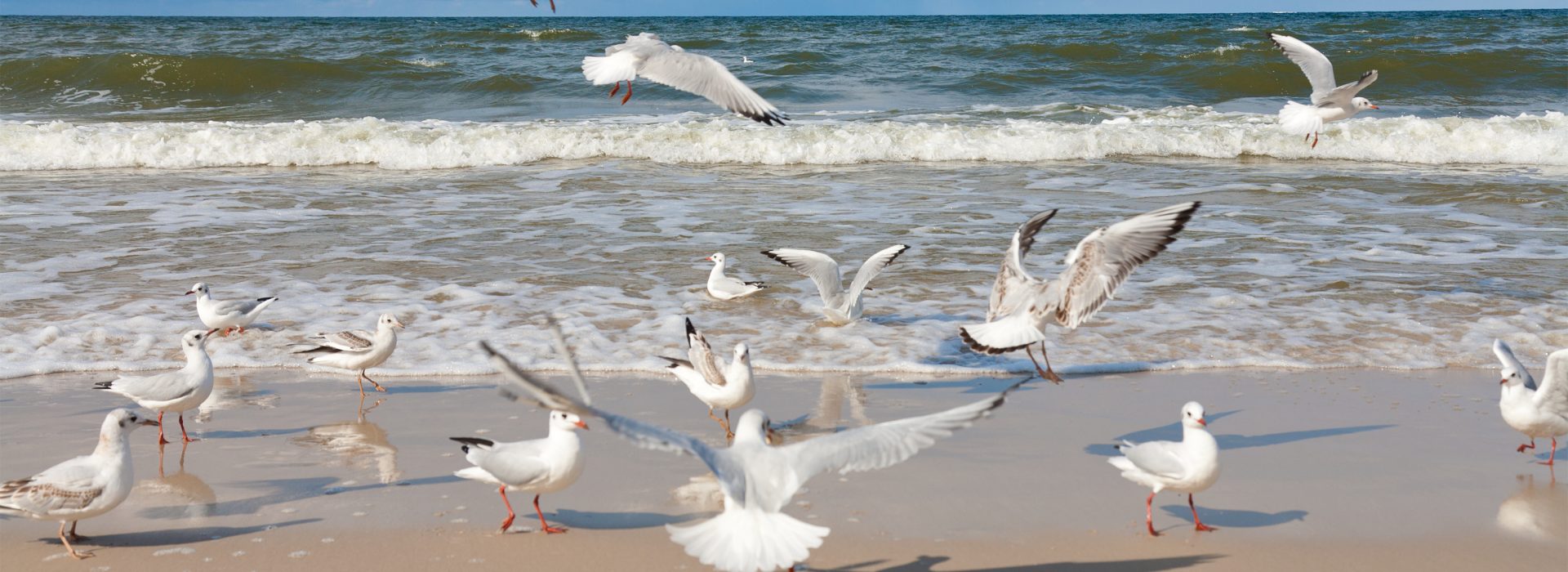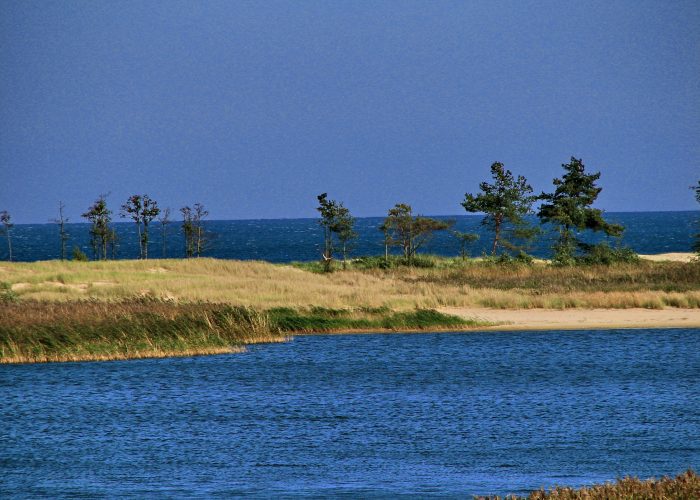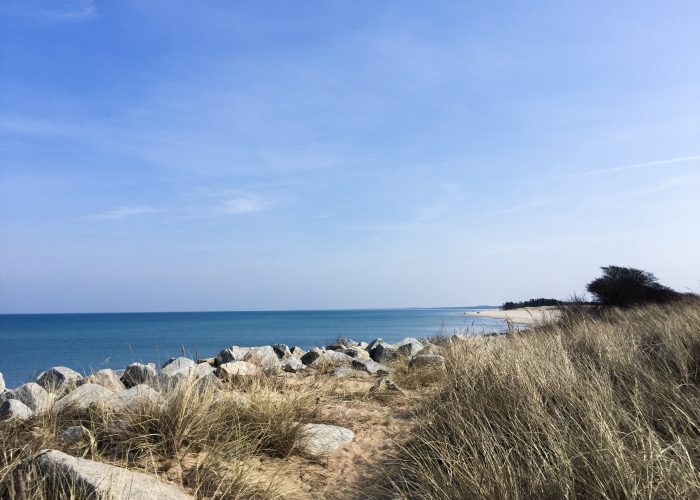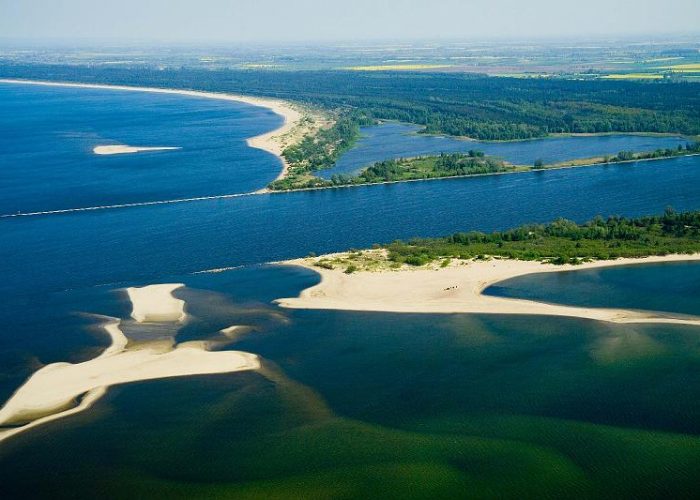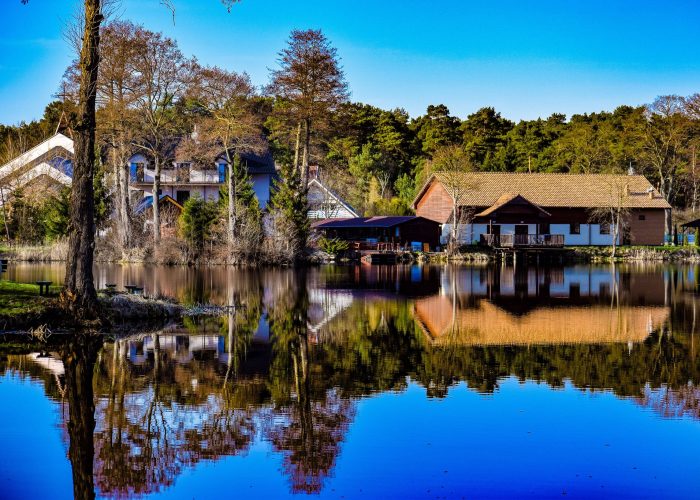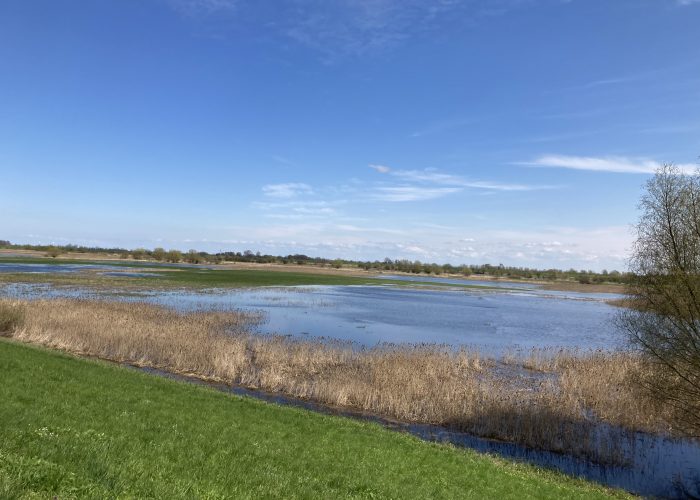This area of great natural interest has not always been an island. Wide, sandy beaches make the northern edge of the island. They are, especially in the eastern part of the island, much less frequented than other Tricity beaches, from where a trained eye will see the Kosa Helska and the coastline of the Vistula Spit.
In summer, the beaches are full of lovers of sunbaths and swimming in the sea; in winter, on the other hand, you may come across the enthusiasts of ice swimming. On cooler days, it is pleasant to take a walk along the seashore, especially as amber is easy to find there. The beaches of the Sobieszewo Island and the neighbouring Vistula Spit are full of smaller and larger chunks. They differ from ordinary stones because they are lighter and warmer.
Take a look at the shells lying on the sand. You may find the lagoon cockle, a heart-shaped clam with radiating ribs. Or the Baltic macoma, a small, pink, shiny saltwater clam. The darkest ones are edible mussels. Soft-shell clams are the largest, with a delicate, brittle shell.
Take photos of the microcosm of the beach: in winter, the shells with pieces of ice look like they were sugar-coated, while in summer – they will make the photos look truly sunny. The wind forms intricate patterns on the sand. The grasses and plants on the dunes will be a nice subject for your photos.
Go back to your childhood and find joy building castles on sand with a water moat around them.
 Combine you visit with mindfulness at the beach
Combine you visit with mindfulness at the beach






